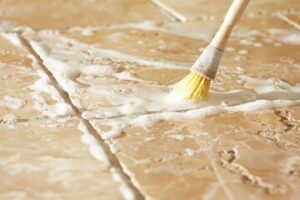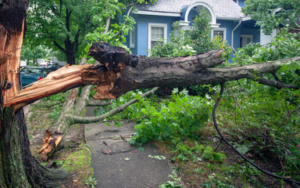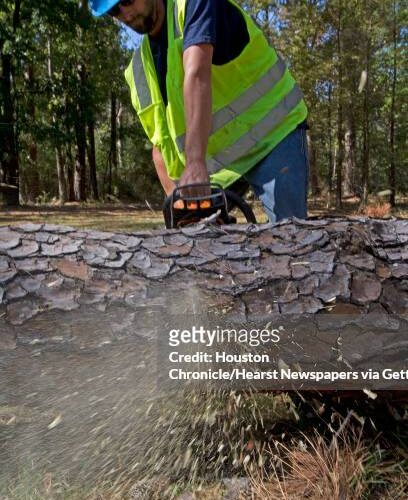Alta Climbing is a dangerous sport, but it can also be a very satisfying and rewarding one. It is a sport that requires physical and mental strength, and it builds close relationships between climbers from different backgrounds. It is an inclusive community that transcends language and culture.

Effective balance and body position directly impact climbing performance. For example, a strong climber will catch holds in a locked-off position to minimize the amount of swing they experience.
While climbing can be a great way to stay in shape, it is also a sport that requires intense mental focus. To become a successful climber, you must be able to overcome fear and self-doubt and have the ability to take calculated risks. In addition to improving your physical strength, you can use strategies such as visualization and positive self-talk to achieve your goals. In addition, it is important to be able to work as part of a team. Climbing as a team can help you overcome challenges and achieve your goals more quickly.
As climbing continues to grow in popularity, many people are beginning to see the benefits of this sport. It is an excellent form of exercise that can improve muscle tone, increase cardiovascular endurance, and build core muscles. It also provides a social outlet that can help reduce stress and anxiety. In addition, climbing can help improve mental health by reducing the effects of depression and increasing self-esteem.
In recent years, there has been a rise in the popularity of indoor climbing and competition climbing. While these forms of the sport have different goals, both offer a unique experience that can challenge world-class athletes in a unique way. However, some outdoor climbing enthusiasts feel that competition climbing has detracted from the sport’s overall appeal and can be viewed as a separate discipline entirely.
Competition climbing is not the same as outdoor rock climbing, and it requires a unique combination of skills. It is not a good idea to expect amateur climbers to be able to perform the same movements as top competition climbers, because they would likely end up frustrated and injured. It is similar to expecting the average gymnast to compete in a discipline like parkour, which has high skill components and physically demanding movement.
To achieve success in competition climbing, a climber must be able to balance advancements in physical strength, technique, and psychological strength over a long period of time. This is because tendons require much longer to develop than muscles, and psychological strength must be gained slowly over the course of hundreds or thousands of climbs.
It’s a narcotic
Climbing is a dangerous, addictive sport. The excitement of taking your first climb outdoors, the flutter of adrenaline as you grab a hold and step up, and the satisfaction of completing that tough route can make it hard to stay away. But climbing can also be deadly, as rockfalls, rotting ledges, poisonous lichen, or unruly ropes are all real threats. It takes a cool head to navigate these hazards and stay safe.
But even the most talented and experienced climbers can suffer from a serious addiction to climbing. Research has shown that extreme sports like climbing activate the same regions of the brain that are affected by drug use. This is why climbers often feel addicted to the sport and need it for their physical and psychological well-being. In addition, people with sensation seeking traits are prone to become hooked on climbing.
Although a few climbers have tested positive for using drugs, most professional climbers do not use performance-enhancing substances. Mild painkillers and stimulants get a pass, but the more dangerous prescription drugs and acclimatization medications such as dex are considered cheating. In fact, Reinhold Messner, one of the most famous alpinists ever, once said that “the climber who doesn’t rely on his strength and skill but rather on apparatus and drugs deceives himself.”
Today, climbing has become a popular sport in which the skills required are split almost equally between strength and technique. It is not unusual for a weaker person to outperform a stronger competitor by using better technique and the power of self-belief. Even so, it is still a dangerous sport and countless people have been seriously injured while climbing.
Many people believe that the sport’s popularity is fueled by drugs and doping. It is important to understand the effects of these drugs on climbing performance and how they can be avoided. In fact, a climber could die from a drug overdose just as easily as a professional athlete would. In addition, if you are taking illegal drugs, you will be banned from competing. For example, a Spanish climber was banned after testing positive for cocaine the night before a world cup lead comp.
It’s a social activity
Climbing is a social activity that requires teamwork to ensure safety. Climbers often work together to solve bouldering problems or act as each other’s belay partners. This bonding helps break down social barriers and encourages the development of a strong sense of camaraderie. In addition, climbing is a great way to make new friends and expand your social network.
Many professional climbers are known as rock stars, thanks to the popularity of films showing their impressive feats. But unlike other athletes, the sport’s biggest names don’t compete in far-off arenas separate from the public. Instead, they often hang out at the same crags and gyms as everyone else. So, if you’re a beginner, don’t be surprised to see a famous climber at your local crag. The best part is that these people are usually friendly and approachable.
Unlike other sports, climbing is a social activity that can be enjoyed by anyone, regardless of age or physical condition. The sport’s popularity has grown, thanks in large part to the increasing availability of climbing routes and improved equipment.
The interview data from this study shows that a climber’s behaviour is affected by the social environment and their own motivation. For example, participants who were more egoistic acted less supportive of others, and their performance was hampered by this behaviour. In contrast, those who acted more supportively and listened to the needs of their partners achieved greater levels of satisfaction and performance.
It seems that the most effective climbers achieve an optimal balance between egoistic and supportive behaviour. The findings from this research indicate that this balance is critical to the enjoyment of the sport, and it can also improve climbing performances.
The most popular type of climbing is indoor bouldering, which is a series of unroped climbs on short walls. There are different categories of bouldering competitions, ranging from the simple to the highly technical. In some of these events, competitors race each other in heats on two side-by-side standardized bouldering problems and the first to tag the buzzer at the top advances to the next round. Other popular types of climbing include trad (traditional) climbing, where the climber places temporary protection on the wall as they ascend. In addition, there are ice climbing, dry-tooling, mountaineering, and hill walking.
It’s a sport
Climbing is a demanding sport that involves ropes and special equipment. It is a great way to exercise, and it’s also a fun mental challenge. It can also be dangerous, but it’s important to practice in a safe environment. Accomplished climbers can ascend rock like they are dancing, transferring their weight fluidly and making precise hand grips and foot placements. This creates a flow that is close to a transcendental state of mind.
The sport of climbing has gained popularity in recent years, with many elite athletes becoming household names. But unlike the world of professional sports, where athletes are often isolated from the public, climbing legends hang out in the same crags and gyms as the rest of us. This means it’s not uncommon for casual climbers to run into them and watch their amazing feats of strength and courage.
This physical activity can also improve balance, flexibility, and coordination. It requires you to use your entire body, which increases muscle strength from head to toe. Moreover, it trains your brain to be creative and think out of the box. It’s also an ongoing competition with yourself, as you try to beat your personal best.
Another reason why climbing is a true sport is that it’s a great stress reliever. In addition to the mental and physical exertion, it helps you unburden yourself from the worries of everyday life and concentrate on the present moment. This is the essence of the “flow” experience, which can be reached in any number of activities.
Climbing has many different styles and techniques, including sport climbing, trad climbing, ice climbing, dry-tooling, and mountaineering. Each discipline requires a different type of skill, but they all share the same basic elements. Climbing is a versatile activity that can be enjoyed by people of all ages and fitness levels.
The climbing community is a welcoming subculture that is thriving and growing. Its popularity is fueled by the inspiring feats of the sport’s top athletes, who push the limits of human potential. This is a rare accomplishment that is transforming the sport into a mainstream activity.


